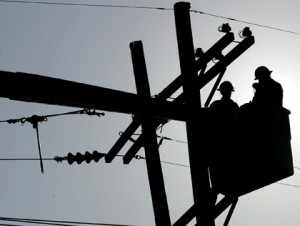Demand to protect and develop Arctic infrastructure and its environment may increase as resource development, trade route expansion, and defense interests grow in the Arctic. Changing conditions resulting in hazards, such as flooding and coastal erosion, can threaten communities and infrastructure. Research and engineering is needed for strategically planned, resilient infrastructure and solutions for infrastructure at risk.
Learn more about how Sandia supports national efforts to modernize the electric grid, partnering to enable the safety, security, and resilience of energy infrastructure and assets.

